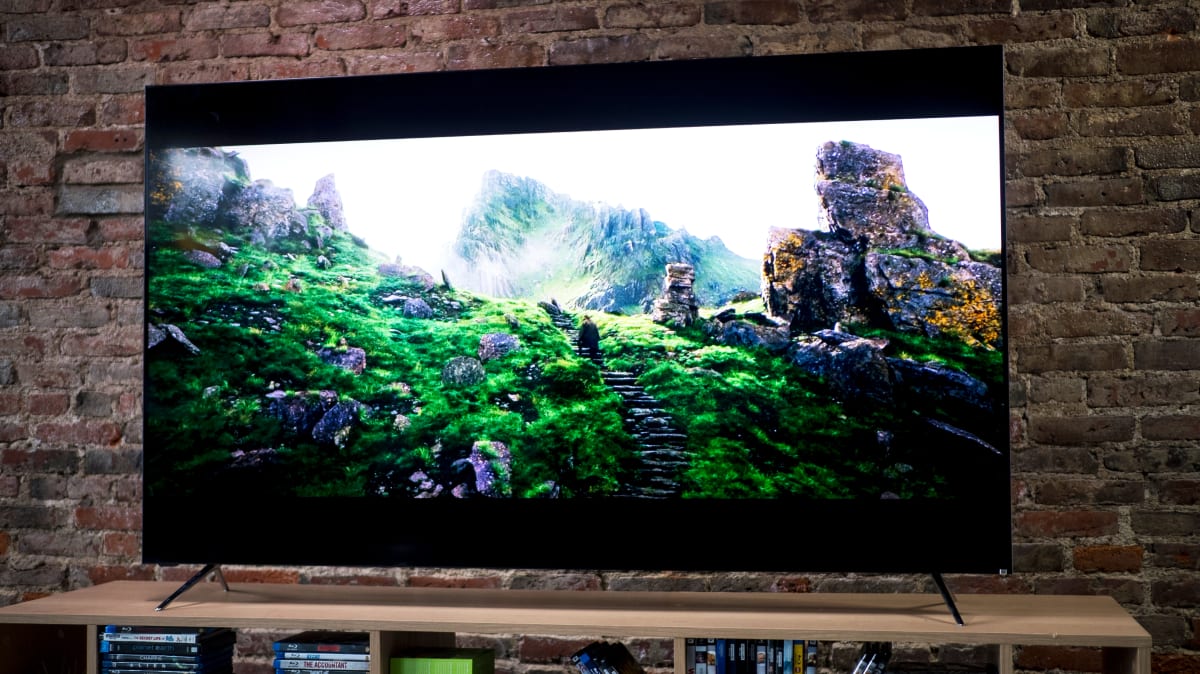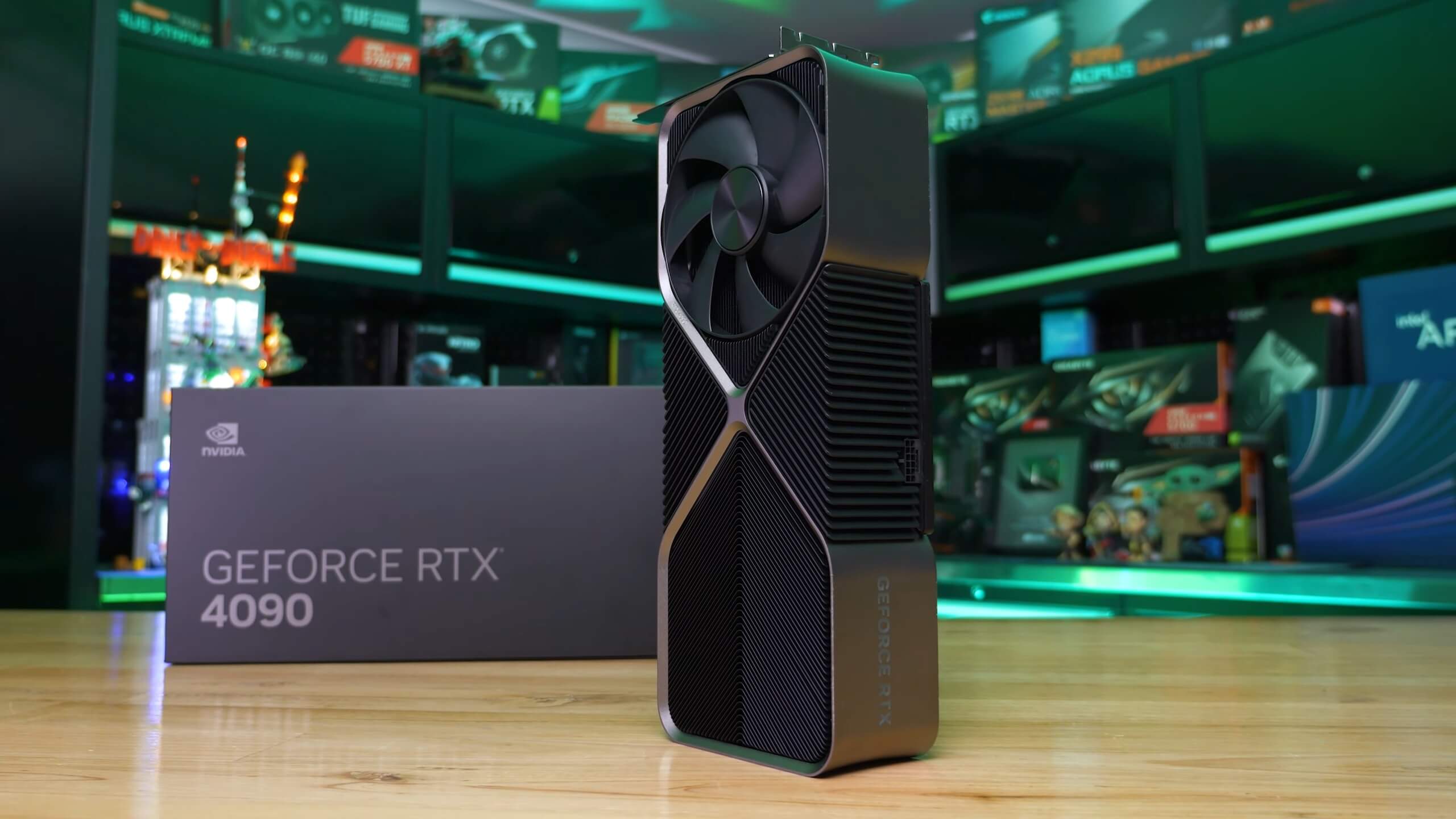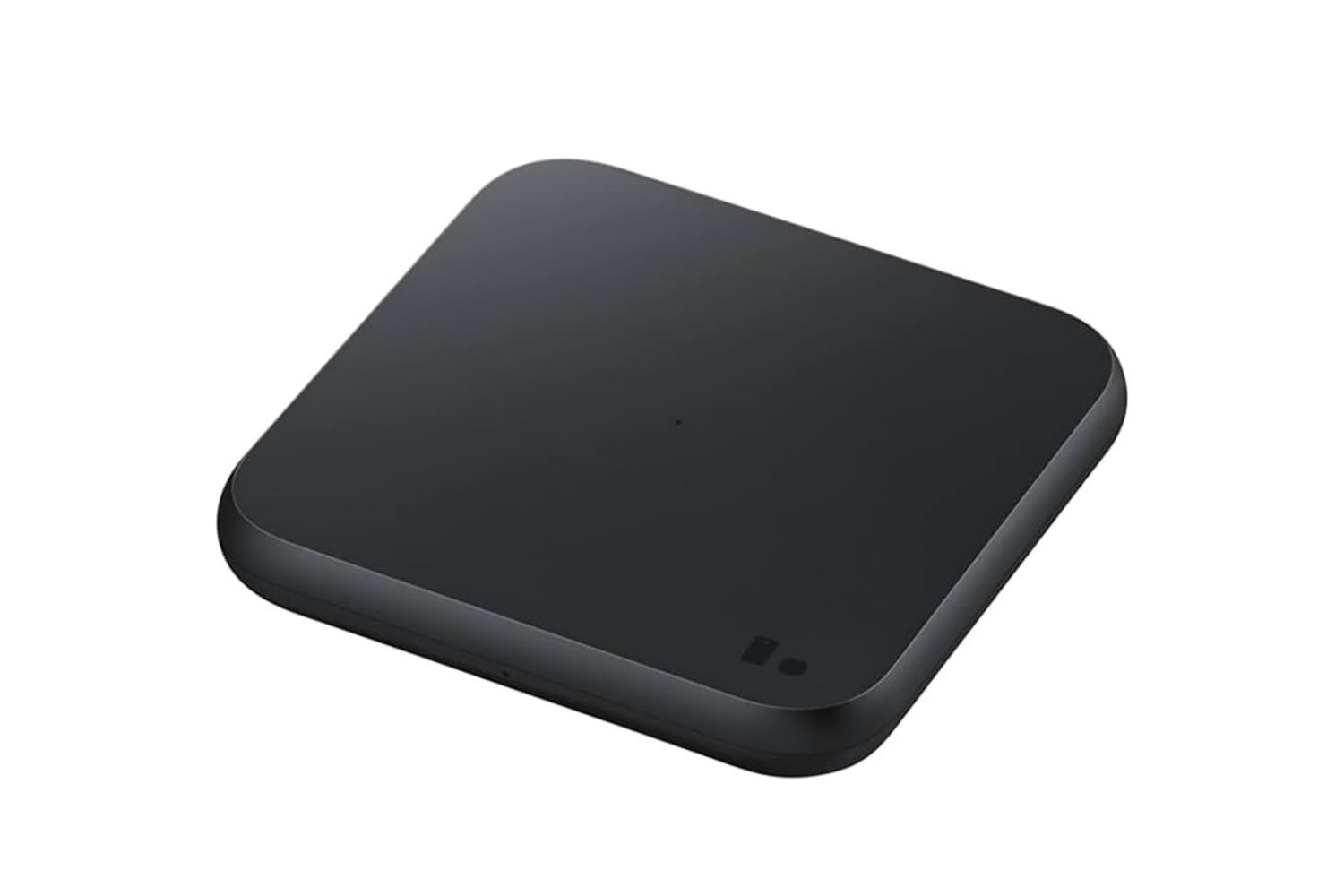Introduction
Mobile devices have become an integral part of our daily lives, serving as our go-to tools for communication, entertainment, and productivity. With the rapid advancements in technology, smartphones have evolved to offer an array of features and capabilities, including high-performance processors, advanced cameras, and immersive displays. However, as these devices continue to push the boundaries of innovation, they are susceptible to a common issue that plagues many users: overheating.
The Pixel 6, known for its cutting-edge features and sleek design, is no exception when it comes to encountering overheating issues. Whether you're engrossed in a graphics-intensive game, capturing stunning photos and videos, or multitasking with various apps, the Pixel 6's powerful hardware can generate significant heat, leading to discomfort and potential performance issues.
Understanding the factors contributing to overheating and learning effective strategies to manage this issue is crucial for ensuring a seamless and enjoyable user experience with the Pixel 6. By delving into the causes of overheating and exploring practical tips and solutions, you can empower yourself to make the most of your device while mitigating the impact of excessive heat.
In this comprehensive guide, we will delve into the nuances of managing overheating on the Pixel 6, equipping you with valuable insights and actionable recommendations to address this common concern. From optimizing settings to leveraging external accessories, we will explore a range of approaches to help you keep your Pixel 6 running smoothly and comfortably, even during demanding usage scenarios.
Join us on this journey as we unravel the intricacies of managing overheating on the Pixel 6, empowering you to harness the full potential of your device without being hindered by excessive heat. Let's embark on this exploration together, arming ourselves with the knowledge and strategies needed to conquer overheating challenges and elevate our mobile experience to new heights.
Understanding the Causes of Overheating
The Pixel 6, renowned for its exceptional performance and cutting-edge features, is susceptible to overheating, a common issue that can impact user experience. Understanding the underlying causes of overheating is essential for effectively managing this concern and optimizing the device's performance.
-
Intensive Usage: Engaging in resource-intensive activities such as gaming, video streaming, or extended camera usage can significantly strain the Pixel 6's hardware, leading to increased heat generation. The device's powerful processor and high-resolution display, while delivering impressive performance, can also contribute to elevated temperatures during prolonged usage.
-
Environmental Factors: External conditions, such as exposure to direct sunlight or operating the device in hot and humid environments, can exacerbate overheating. These environmental factors can impede the device's ability to dissipate heat efficiently, leading to a buildup of thermal energy within the device.
-
Background Processes: Multitasking with numerous apps running in the background can strain the device's resources, potentially leading to increased heat generation. Background processes, including system updates, synchronization tasks, and app activities, can collectively contribute to heightened thermal output.
-
Charging and Power Usage: While charging the Pixel 6, especially with high-power chargers, the device may experience increased heat generation due to the energy transfer process. Additionally, power-intensive activities such as prolonged gaming while charging can further elevate the device's temperature.
-
Software and Firmware Issues: Outdated software, firmware glitches, or inefficient resource management within certain apps can lead to excessive CPU usage and inefficient power consumption, ultimately contributing to overheating.
By comprehensively understanding these factors, users can proactively implement strategies to mitigate overheating and optimize the Pixel 6's performance. With this knowledge in hand, we can now delve into practical tips and solutions for effectively managing overheating on the Pixel 6.
Tips for Managing Overheating
Managing overheating on the Pixel 6 requires a proactive approach and a combination of practical strategies to ensure optimal device performance and user comfort. By implementing the following tips, users can effectively address overheating concerns and elevate their overall mobile experience:
1. Monitor Resource-Intensive Activities:
Keeping a close eye on resource-intensive tasks such as gaming, video streaming, and prolonged camera usage can help users preemptively manage overheating. By taking periodic breaks during demanding activities, users can allow the device to dissipate heat and prevent excessive thermal buildup.
2. Optimize App Usage:
Identifying and managing apps that significantly strain the device's resources can contribute to mitigating overheating. Users can close unnecessary background apps, limit simultaneous multitasking, and prioritize efficient app usage to reduce the overall thermal load on the Pixel 6.
3. Maintain Adequate Ventilation:
Ensuring proper ventilation for the Pixel 6 is essential for heat dissipation. Avoiding the obstruction of device vents and ensuring airflow around the device can facilitate the efficient release of heat, thereby minimizing the risk of overheating.
4. Update Software and Firmware:
Regularly updating the device's software and firmware can address potential performance inefficiencies and optimize resource management, thereby reducing the likelihood of overheating due to software-related issues.
5. Implement Power-Saving Modes:
Leveraging the Pixel 6's power-saving modes can help regulate power consumption and reduce the strain on the device's hardware, consequently mitigating overheating during extended usage periods.
6. Monitor Device Temperature:
Utilizing temperature monitoring apps or built-in device features to track the Pixel 6's temperature can provide valuable insights into potential overheating scenarios, enabling users to take proactive measures to manage heat levels effectively.
7. Avoid Overcharging:
Preventing prolonged overcharging and minimizing the use of high-power chargers, especially during resource-intensive activities, can help mitigate excessive heat generation during charging cycles.
8. Utilize Cooling Accessories:
Exploring the use of external cooling accessories, such as smartphone cooling pads or fans, can provide additional heat dissipation support, particularly during demanding usage scenarios.
By incorporating these practical tips into their daily device usage, Pixel 6 users can effectively manage overheating and optimize the device's performance, ensuring a seamless and comfortable mobile experience.
This comprehensive approach to managing overheating empowers users to proactively address this common concern, allowing them to harness the full potential of the Pixel 6 without being hindered by excessive heat.
Adjusting Settings to Prevent Overheating
Optimizing the settings of the Pixel 6 is a pivotal aspect of effectively managing overheating and ensuring a smooth and comfortable user experience. By fine-tuning various device settings, users can proactively mitigate heat generation and enhance the overall thermal performance of the device. Here are several key settings adjustments that can help prevent overheating on the Pixel 6:
1. Display Brightness and Adaptive Refresh Rate:
Adjusting the display brightness to an optimal level and utilizing the adaptive refresh rate feature can significantly impact heat generation. Lowering the display brightness reduces power consumption and heat output, while enabling adaptive refresh rate dynamically adjusts the screen's refresh rate based on the content being viewed, thereby conserving energy and minimizing thermal load.
2. Performance Profiles and Thermal Management:
Exploring the device's performance profiles and thermal management settings can provide users with granular control over the Pixel 6's processing power and thermal thresholds. By selecting balanced performance profiles and configuring thermal management parameters, users can effectively regulate the device's power usage and thermal output, contributing to overheating prevention.
3. Battery Optimization and Background Activity Management:
Leveraging battery optimization features and fine-tuning background activity management settings can aid in reducing unnecessary power consumption and thermal strain. By optimizing battery usage for individual apps and restricting background processes, users can minimize the device's thermal load, thereby preventing overheating during extended usage periods.
4. Connectivity and Location Services:
Managing connectivity settings such as Wi-Fi, Bluetooth, and location services can impact the device's power consumption and thermal performance. Disabling unused connectivity features and optimizing location services can contribute to reducing the overall thermal load on the Pixel 6, consequently mitigating overheating in various usage scenarios.
5. App-Specific Settings and Permissions:
Reviewing and adjusting app-specific settings and permissions can help users identify and mitigate potential sources of excessive heat generation. By managing app permissions, background activity, and resource usage, users can optimize individual app behavior to minimize thermal impact and prevent overheating.
6. Thermal Throttling and Performance Monitoring:
Understanding the device's thermal throttling mechanisms and utilizing performance monitoring tools can provide valuable insights into heat management. By monitoring the device's thermal behavior and leveraging built-in thermal throttling features, users can proactively regulate the device's performance to prevent overheating during demanding tasks.
By implementing these settings adjustments and fine-tuning the Pixel 6's configuration to align with individual usage patterns, users can effectively prevent overheating and optimize the device's thermal performance. This proactive approach to settings optimization empowers users to maintain a comfortable and efficient mobile experience, free from the constraints of excessive heat generation.
This comprehensive strategy of adjusting settings to prevent overheating underscores the importance of proactive thermal management, enabling users to harness the full potential of the Pixel 6 while prioritizing user comfort and device performance.
Using External Accessories to Manage Overheating
In addition to software optimizations and settings adjustments, leveraging external accessories can provide valuable support in managing overheating on the Pixel 6. These accessories are designed to enhance heat dissipation and regulate the device's thermal performance, offering users additional tools to mitigate the impact of excessive heat generation. Here are several external accessories that can effectively aid in managing overheating:
-
Smartphone Cooling Pads: Utilizing smartphone cooling pads specifically designed for the Pixel 6 can offer targeted heat dissipation support. These pads often feature built-in fans or cooling elements that help dissipate heat from the device, effectively reducing thermal buildup during demanding usage scenarios.
-
Thermal Cases and Covers: Thermal cases and covers equipped with heat-dissipating materials and enhanced ventilation can provide passive thermal management for the Pixel 6. These accessories facilitate improved airflow around the device, aiding in heat dissipation and preventing overheating during prolonged usage.
-
External Cooling Fans: External cooling fans designed for smartphones can offer direct airflow to the Pixel 6, effectively reducing the device's temperature during intensive tasks. These portable fans are compact and easy to use, providing on-the-go heat dissipation support for users seeking to manage overheating effectively.
-
Heat-Conductive Mounts and Stands: Heat-conductive mounts and stands designed to facilitate efficient thermal transfer can aid in managing overheating during charging or prolonged usage. These accessories optimize the device's contact with surfaces, enhancing heat dissipation and minimizing thermal strain on the Pixel 6.
-
Thermal Gel Pads: Thermal gel pads designed for smartphones can provide an additional layer of heat dissipation support. These pads adhere to the device's surface, effectively conducting heat away from the Pixel 6 and promoting improved thermal performance during demanding tasks.
By incorporating these external accessories into their device usage, Pixel 6 users can effectively manage overheating and optimize the device's thermal performance. These accessories complement software-based strategies and settings adjustments, offering users a comprehensive approach to mitigating the impact of excessive heat generation.
This proactive utilization of external accessories underscores the importance of holistic thermal management, empowering users to maintain a comfortable and efficient mobile experience while effectively addressing overheating concerns.
Conclusion
In conclusion, effectively managing overheating on the Pixel 6 is essential for ensuring a seamless and comfortable user experience. By understanding the underlying causes of overheating, implementing practical tips, adjusting settings, and leveraging external accessories, users can proactively address this common concern and optimize the device's thermal performance.
The Pixel 6, renowned for its powerful hardware and advanced features, is susceptible to overheating during resource-intensive activities, environmental exposure, and prolonged usage. However, by monitoring and optimizing app usage, maintaining adequate ventilation, and updating software, users can mitigate the impact of excessive heat generation.
Adjusting settings to prevent overheating, such as optimizing display brightness, managing performance profiles, and fine-tuning connectivity settings, empowers users to regulate the device's thermal behavior and enhance overall efficiency. Additionally, the proactive use of external accessories, including cooling pads, thermal cases, and external fans, provides valuable support in dissipating heat and managing thermal performance.
By incorporating these strategies into their daily device usage, Pixel 6 users can maintain a comfortable and efficient mobile experience, free from the constraints of overheating. This comprehensive approach to managing overheating empowers users to harness the full potential of their devices while prioritizing user comfort and performance optimization.
In essence, the journey of managing overheating on the Pixel 6 is a multifaceted exploration, encompassing proactive measures, strategic adjustments, and the integration of external support. By embracing this holistic approach, users can navigate the challenges of overheating with confidence, ensuring that their Pixel 6 continues to deliver exceptional performance without being hindered by excessive heat.
As technology continues to evolve, the proactive management of overheating remains a crucial aspect of optimizing the mobile experience. By staying informed, implementing best practices, and leveraging available tools and accessories, users can effectively mitigate the impact of overheating, ensuring that their Pixel 6 remains a reliable and comfortable companion in their daily endeavors.



















